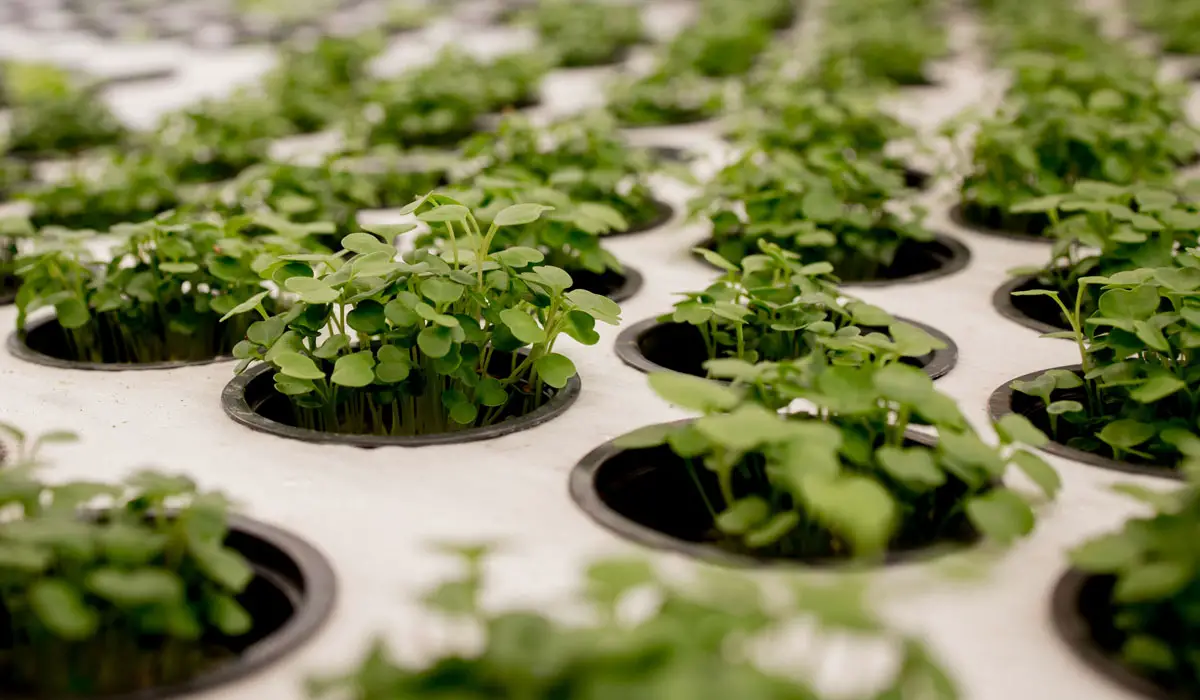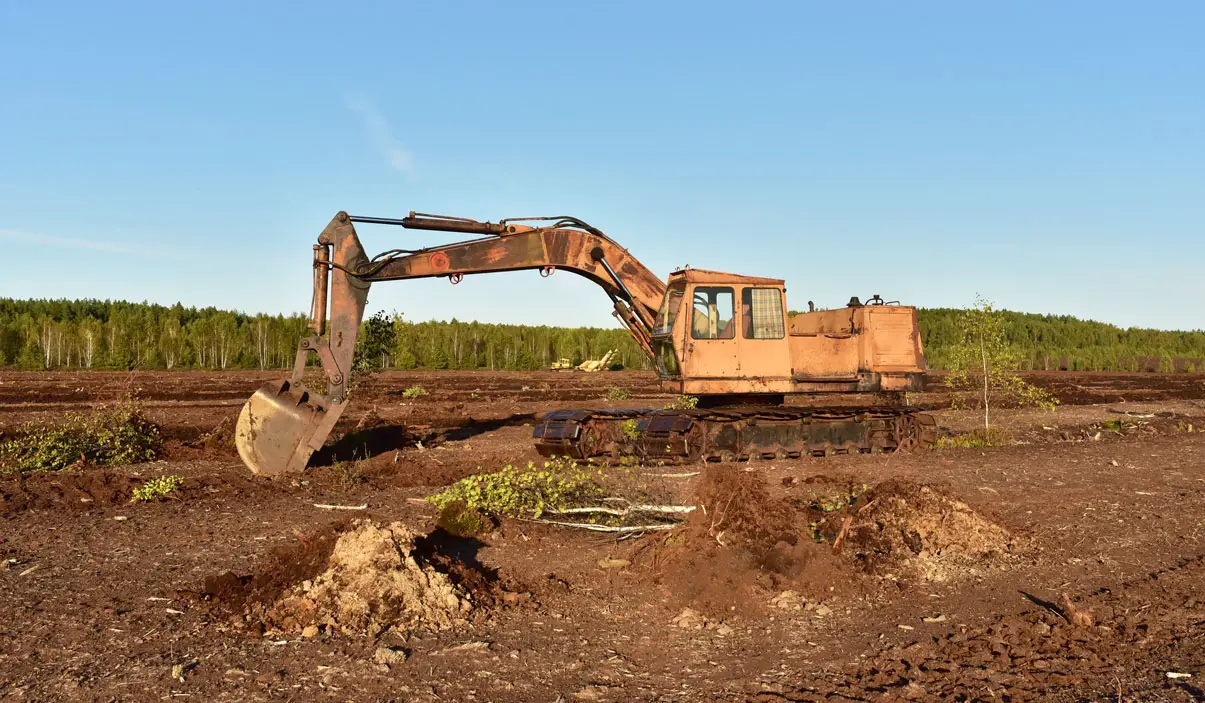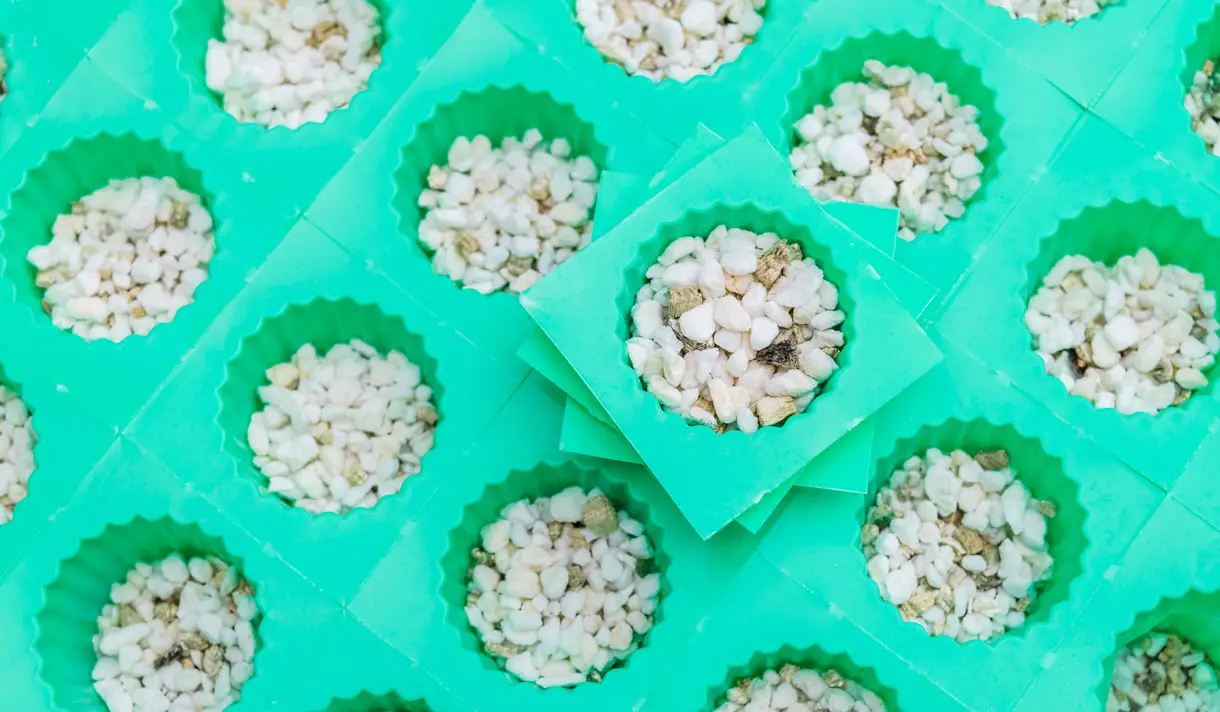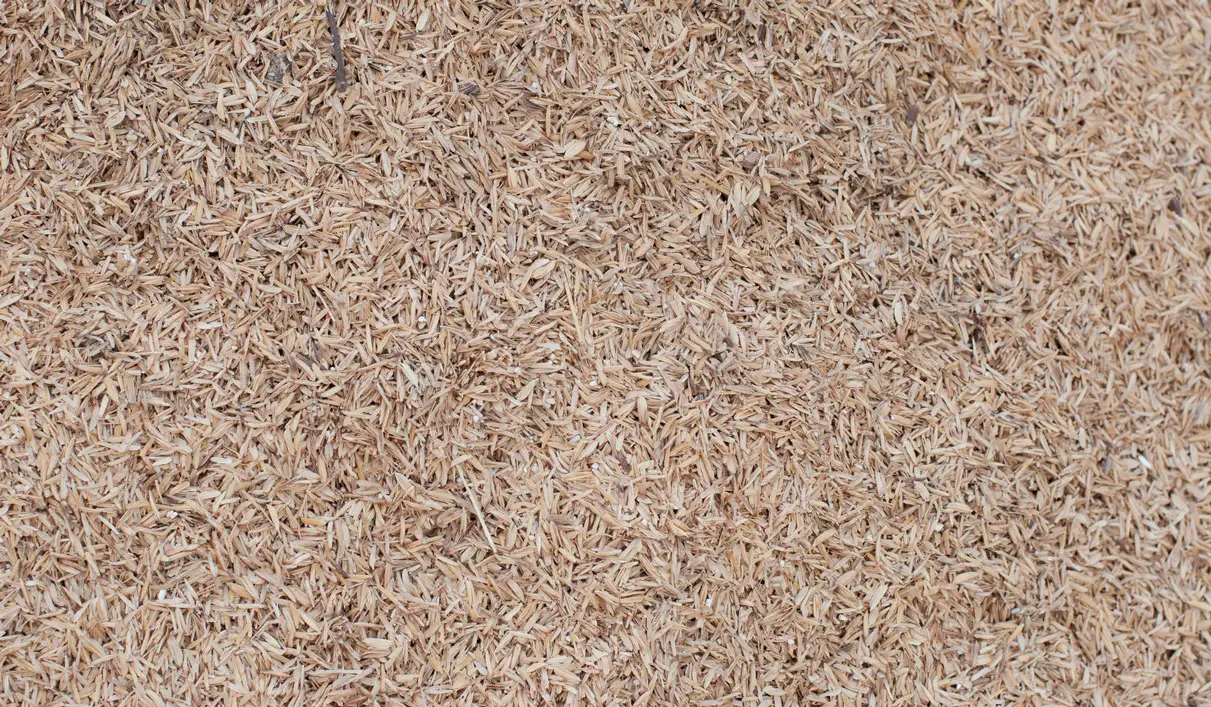9 Alternatives for Peat Moss

This post follows our research editorial guidelines.

Choosing a substrate for a hydroponics setup presents us with a variety of different choices to make. For many, peat moss is the first port of call. But is it really the best option? There’s increasing concern about the cost of peat, both financial and environmental, so it’s worth examining what other substrates currently available.

Table of Contents
Why use peat moss?
Peat moss has reigned for so long because it’s cheap, readily available and is easy to use. It also holds water incredibly well, a fantastic trait for a hydro medium. It’s organic and decays as it ages, releasing nutrients and naturally occurring acids that help maintain a good pH for nutrient uptake in your plants. Heavy feeders like broccoli are often planted in peat moss.
Why you may not want to use peat moss
Peat moss has its drawbacks. There’re a few practical ones – for example, the decay of the peat can be unpredictable, so you need to monitor your growing conditions carefully. It can’t be reused, and must be purchased again and again.
But the biggest reason to steer clear of peat is environmental. Peat moss is harvested from bogs, ancient slow-growing ecosystems that are heavily damaged when the peat is removed. Peat bogs also serve as carbon sinks, and disturbing them releases large amounts of greenhouse gases into the atmosphere.

“There was a time not so long ago when peat was unheard of in the horticulture world and if the plants grew just fine then, they will do so now- with or without peat. And while it’s commendable on our part as gardeners to provide the best possible conditions for our plants, it doesn’t have to be at the expense of the health of our planet.”
Anila Nair, Fulton County Master Gardener
Alternatives to Peat Moss for Hydroponics
1. Coco coir
Coco coir is made from the tough fibers that surround coconuts as they grow. It’s a by-product of the coconut industry, making it a most sustainable option. So long as people are enjoying coconut in their diet, coco coir will be produced along with it.
Coir has many of the same properties as peat – it’s organic, holds water well, and is readily available at a reasonable price. It provides excellent aeration and holds onto added nutrients well, thanks to a high cation capacity.
On the downside, it will break down over time, releasing nitrogen, phosphorus and potassium into your nutrient solution. This decomposition also means it has a finite lifespan and can’t be reused.
2. Rockwool
Rockwool is a fibrous material made from volcanic rock spun out and pressed into shape, usually blocks or plugs. It’s a popular choice for hydroponics, with an open fibrous structure that hold vast quantities of water. It has a fantastic lifespan as well, and is re-usable.
It does however have its drawbacks. It’s often has pH issues right out of the box and can develop problems with algae buildup during use. It’s also environmentally problematic, as it can’t be recycled at the end of its life, and is usually sent to landfill. It also has associated health problems for those exposed to the dry fibers during cutting or shaping. I go into more detail about alternatives to Rockwool here.
3. Perlite

Perlite, like rockwool, is made from volcanic stone. This time it’s treated to puff up like popcorn, giving a fantastic airy structure.
Because perlite is made from minerals it doesn’t degrade or alter nutrient solutions, and that fluffiness provides consistent, enduring aeration. It’s sterile and pH neutral too.
On the down side it can be a pain to work with. Its light, fluffy texture makes it prone to wandering about, and it produces a lot of dust when dry. It’s best saved for potted plants or mixed into other substrates to support aeration and drainage.
4. Vermiculite
Vermiculite is mineral substrate. This time it’s expanded mica, with a light, flaky texture. It holds water and nutrient solution remarkably well, and also promotes good aeration and root health. It’s pH neutral and inert, too.
That said, vermiculite can be expensive, and it can sometimes hold water too well, causing root issues. Like perlite it’s best used in blends.
5. Clay Pellets
Sometimes known as leca or hydroton, clay pellets are little round balls of heavily aerated natural clay. They perform comparably with other popular substrates, and can be used in aquaponics as well as more conventional hydro setups.
Clay pellets are inert and don’t break down over time. They can also be washed and re-used quite easily. Their size and texture make them easy to work with, as well as allowing solutions to flow easily through the substrate. Clay is also one of the most sustainable options – it’s just cooked mud, after all!
Their biggest drawback is cost. It can be pretty pricey to fill a large setup with clay pellets, even if you know you can reuse them again and again. They also vary a lot in quality and size between manufacturers, so it can take a bit of expensive trial and error to find the right pellets for your needs.
6. Sand
Sand is one of the oldest used mediums in hydroponics. It’s basically inert, unable to host bacteria or fungi on its own. It doesn’t break down like other organic options, without the hazards of synthetics or other mineral substrates. It’s also very, very cheap.
Sand does have some substantial limitations. Even before it gets wet it’s heavy and can put a strain on your system and your back. It has zero water holding capacity, and any water or nutrients added to it just flow right on by.
7. Rice Hulls

Much like coco coir, rice hulls are a by-product of food production, this time rice. Humanity cultivates a lot of rice, so it’s a very sustainable option. They behave much like other common growing substrates, so you don’t lose out for taking the cheaper option. It’s highly absorbent but maintains great aeration. Finally rice hulls are cheap.
Their biggest drawback is that they require a bit of preparation before you can use them, usually boiling or milling. But for many, the cost offsets the fuss.
8. Sawdust
Sawdust is the loose shavings of wood produced by the timber industry. It’s one of the cheapest options on this list – if you’re lucky enough to live in a timber producing area a mill or workshop may well be happy to give it to you for free.
Despite the remarkably low cost of no dollars at all, sawdust performs on par with other organic material like coco coir. It doesn’t hold water quite, and sometimes the pH may need subtle adjustment, but for that kind of price it’s worth investigating. Just be sure to stick to pine and other timbers that are safe for growing plants.
9. Oasis Cube
If you’ve ever bought a flower arrangement for a special someone, you’ve probably seen Oasis material up close. It’s a gray or green foam with a gritty texture, developed for the floristry industry to keep cut flowers well-watered.
It’s very, very good at holding water. Oasis can hold 30 to 40 times its weight in water. It comes in easy-to-use blocks of various sizes that are readily shaped for just about any system.
That said, I tend to avoid oasis cube. It’s expensive, especially over a larger setup, and while its reusable, oasis loses its ability to hold water and oxygen over time. It’s also an environmental nightmare, releasing microplastics that inevitably wind up in our waterways. Given there are cheaper, more sustainable and more effective substrates out there, I’d suggest you give this one a miss.
Final thoughts
I’ve found I haven’t lost much by removing peat from my hydroponics practices. If anything, removing peat has given me the motivation to find exactly the right substrate for the job, rather than just relying on old favorites. With a bit of experimentation, my crops are doing better than ever!
